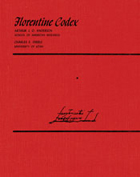
Two of the world’s leading scholars of the Aztec language and culture have translated Sahagún’s monumental and encyclopedic study of native life in Mexico at the time of the Spanish Conquest. This immense undertaking is the first complete translation into any language of Sahagún’s Nahuatl text, and represents one of the most distinguished contributions in the fields of anthropology, ethnography, and linguistics.
Written between 1540 and 1585, the Florentine Codex (so named because the manuscript has been part of the Laurentian Library’s collections since at least 1791) is the most authoritative statement we have of the Aztecs’ lifeways and traditions—a rich and intimate yet panoramic view of a doomed people.
The Florentine Codex is divided by subject area into twelve books and includes over 2,000 illustrations drawn by Nahua artists in the sixteenth century.
Book One describes in detail the gods of the Aztec people, including Uitzilopochtli, Tlatoc, and Quetzalcoatl. This colorful and clear translation brings to life characteristics of each god, describing such items as clothing or adornment worn by individual gods, as well as specific personality traits.
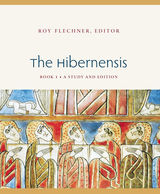
Widely recognized as the single most important source for the history of the church in early medieval Ireland, the Hibernensis is also our best index for knowing what books were available in Ireland at the time of its compilation: it consists of excerpted material from the Bible, Church Fathers and doctors, hagiography, church histories, chronicles, wisdom texts, and insular normative material unattested elsewhere. This in addition to the staple sources of canonical collections, comprising the acta of church councils and papal letters. Altogether there are forty-two cited authors and 135 cited texts. But unlike previous canonical collections, the contents of the Hibernensis are not simply derivative: they have been modified and systematically organised, offering an important insight into the manner in which contemporary clerical scholars attempted to define, interpret, and codify law for the use of a growing Christian society.
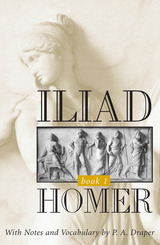
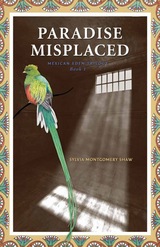
I knew the secret as a child before anyone else did—that God planted the Garden of Eden just seventy-five kilometers south of Mexico City, near the town of Cuernavaca. He scattered seeds so only the most colorful flowers and the best climbing trees would grow in that semitropical paradise. He filled the stables with the fastest, strongest Arabians; mother’s aviary with more birds than anywhere else in the world. Then he constructed a wall twice as tall as Father and encircled our Eden to keep it safe. We named the garden the Hacienda of San Serafin. I swore that I would spend the rest of my life there, where nothing bad ever happens . . .
Captain Benjamín Nyman Vizcarra, son of the wealthiest man in Mexico, has everything a young man could want. But in the days leading up to the Mexican Revolution of 1910, he finds himself questioning whether he can support the old regime—and more and more distracted by his brother’s bewitching fiancee, Isabel. Setting out to expose her as a gold-digger, he instead falls deeply in love, setting himself on a path that leads to war, poverty, and alienation from his family.
Accused and convicted of his father’s murder after a fateful late-night encounter, Benjamín faces his inner demons, beginning a process that Swedenborg describes as regeneration. As he plots escape with a fellow prisoner, a Tarahumara Indian known only as El Brujo, he relives his love affair and eventual marriage to Isabel. A new question begins to form: will he run, or will he stay to confront his mistakes and win back the woman he loves?
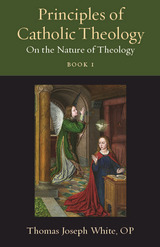
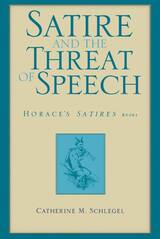
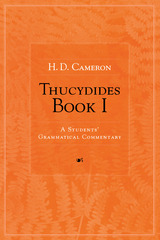
Because Book I is not primarily historical narrative, it inevitably proves difficult for inexperienced readers. Despite the convolutions and density of Thucydides' prose style, no authoritative commentary has been published since the early days of the last century. H. D. Cameron is a renowned expert in Greek and comparative grammar and has written this handbook for all levels of classical students and scholars. His commentary authoritatively accounts for the last one hundred years of evolving grammatical and linguistic theory as they apply to the seminal work of Thucydides.
H. D. Cameron is Professor of Greek and Latin and Director of the Great Books Program at the University of Michigan.
READERS
Browse our collection.
PUBLISHERS
See BiblioVault's publisher services.
STUDENT SERVICES
Files for college accessibility offices.
UChicago Accessibility Resources
home | accessibility | search | about | contact us
BiblioVault ® 2001 - 2024
The University of Chicago Press









